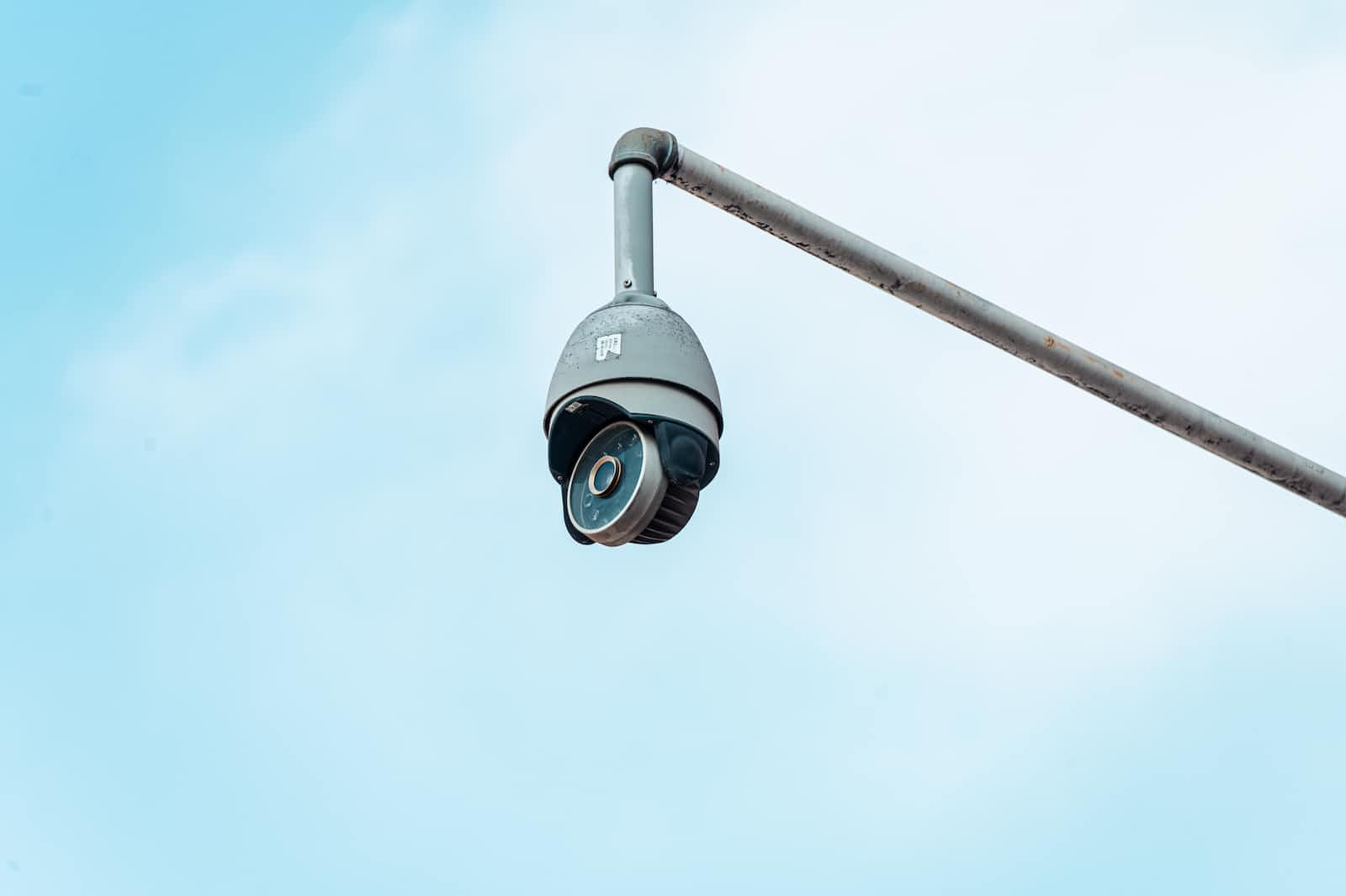Common mistakes when installing video security system
 Ligalah Hezron
Ligalah Hezron
Common mistakes when installing a video security system
1. Over-Exposed Images
Infrared beams of cameras are blocked or the camera captures too much reflective light.
These results to over-exposed images.
Direct the camera away from anything that infrared light back to your camera.
Walls
Glass
Other direct light sources
2. Forgetting to Remove the Protective Foam from the Camera
The protective film is often placed inside or outside the camera housing to protect the camera from damage
It is recommended to remove the protective film after all other necessary installation steps to avoid fingerprints.
Another example; is PTZ cameras
Remove all protective packaging or covering
Remove the cap before powering the camera.
3. Wastes of Field of View
Installation angle
Double-checking and adjusting the camera angle right after installation
To make things easier, scan the QR code on the sticker to add the camera on the Hik Connect app while adjusting the angle.
4. Ignoring Distance Limits of Wires
The Max distance of UTP cabling over ethernet is 100m around 328 feet.
Exceeding the limit would cause your camera to lose data and power
If you need wires to support longer distances try ;
- If you are using Hikvision PoE NVR
Go to the PoE configuration page and turn on the PoE distance switch for that channel to extend up to 300m
- If you are using Hikvision switches
Find the DIP switch on the rear panel and turn on the switch to extend the distance up to 250m
Add PoE repeaters for that camera
5. Forgetting to Waterproof the Cables
While cameras are designed with IP66 or IP67 dusted waterproof protection, the cables are not
When ports of network and power cables are exposed, or the SD card cover is not installed correctly they could rust easily.
Water vapor can accumulate on the camera lens, cameras become useless in this condition.
Sometimes they need to be replaced with a new one.
Process of waterproofing cables ;
I. Use waterproof tape and the jacket provided in the packaging
II. Place the O ring gasket onto the end of the camera network interfaces
III. Press down on the waterproof gasket
IV. Feed the network cable through the waterproof end cap
V. Plug in the network cable and tighten the waterproof jacket
VI. Use waterproof tape to wrap exposed connections of the power cable
Subscribe to my newsletter
Read articles from Ligalah Hezron directly inside your inbox. Subscribe to the newsletter, and don't miss out.
Written by